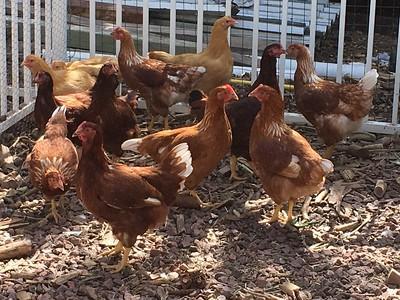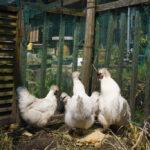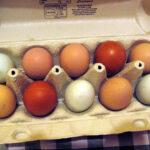The First World War had a profound impact on the countries involved, and one area that is often overlooked is the effect it had on agriculture and food production. One of the most significant changes that occurred during this time was the rechickenization of Europe.
Food Production

Before the war, Europe was primarily a beef-eating continent, with cattle being the primary source of meat. However, as the war progressed and resources became scarce, the demand for chicken meat skyrocketed. This was due to several factors, including the fact that chickens were easier to raise and required less feed than cattle. Additionally, the mobility of chickens made them less vulnerable to enemy attacks, making them a more reliable source of food for soldiers and civilians alike.
As a result, the number of chickens raised in Europe increased dramatically during the war. In France, for example, chicken production increased by over 50% between 1914 and 1918. Similarly, in Germany, chicken production increased by 25%. This shift in food production had a significant impact on the economies of European countries, as well as on the diets of civilians and soldiers.
The rechickenization of Europe also had a lasting impact on the continent’s food culture. After the war, chicken became a staple protein source and continues to be popular to this day. In fact, Europe is now one of the largest consumers of chicken meat in the world.
The First World War had a profound impact on the agricultural and food production in Europe. The rechickenization of the continent was one of the most significant changes that occurred during this time, and it had a lasting impact on the food culture and economies of European countries.
Check out Little Tree Food Forest for articles on food forests and homesteading.
Check out StoryScapes for articles on creative writing.
Subscribe to our newsletter to get information delivered to your inbox on edible landscaping, growing food and medicinal plants, growing mushrooms, foraging, fermentation, food preservation, raising small livestock, and more.










